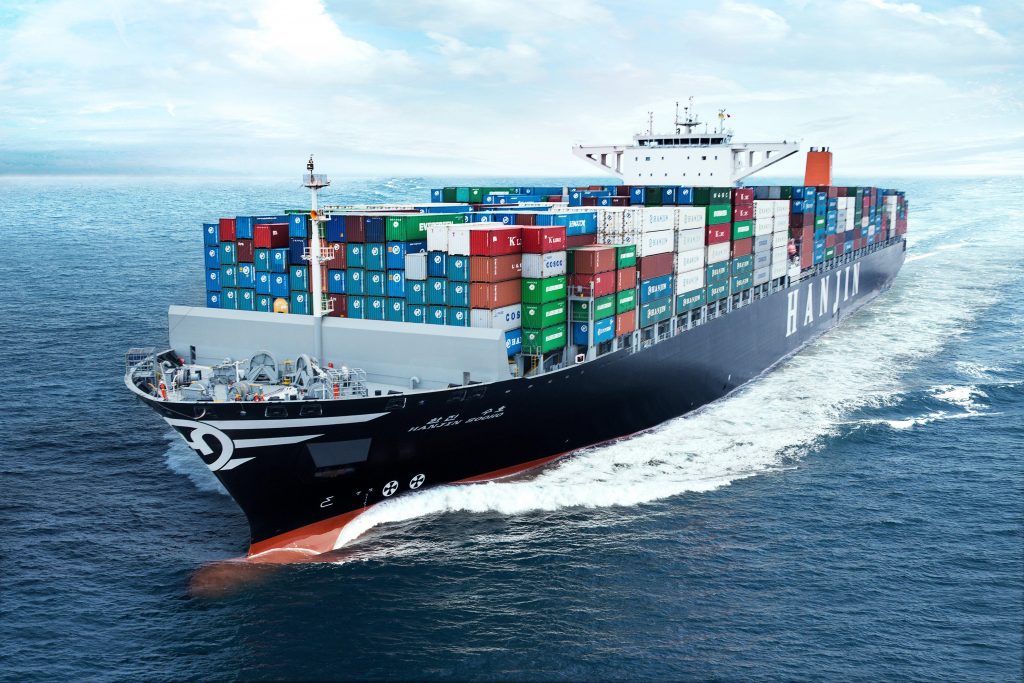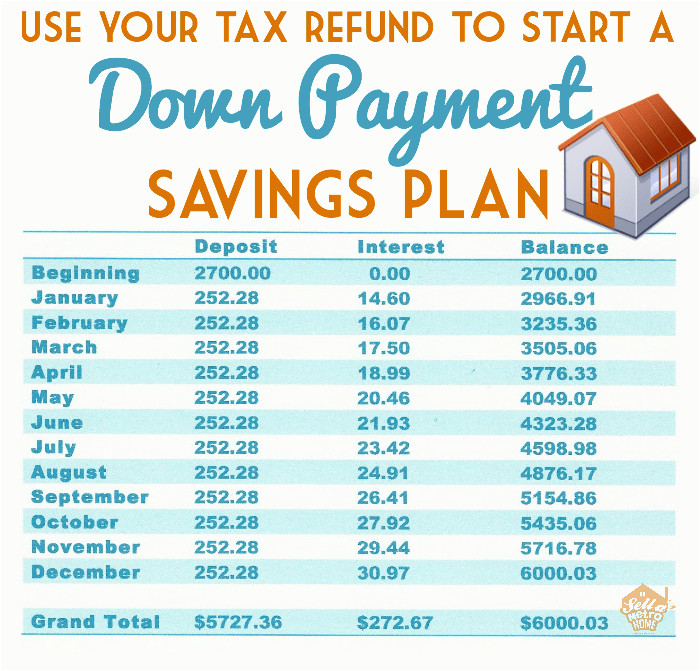Table Of Content

Now, you might be asking, “Why don’t cruise ships just crank up the speed and zip us straight to paradise? ” Well, I hate to break it to you, but it’s not all about you! As for our friends at Norwegian Cruise Line, they are typically cruising at a maximum speed of around 24 knots. It’s not really about going fast, but more about a relaxing journey on the ocean. If you’ve ever sipped a beverage on a sun-kissed deck, you’ve probably wondered, “How fast does a cruise ship go? ” It can’t be denied that a lot of concepts surrounding cruise ships can both excite and intrigue many of us.
Fuel Consumption
This is a phenomenal speed considering the ship is close to 150,000 gross tons in size . This incredible speed allows Cunard to offer 7 day transatlantic cruises between Southampton and New York on Queen Mary 2. No other vessel this size can cross the Atlantic as fast as Queen Mary 2. Some people may consider Cunard’s Queen Mary 2 to be the fastest cruise ship with a top speed of 30 knots.
How fast do Royal Caribbean ships go?

If the captain goes faster, the ship may end up at the next port too early to dock, which may cause a delay, block other scheduled ships, and throw the itinerary off. They seem slow, but cruise ships can go much faster than we think. Knots were originally used because they represented a unit of measurement based on time rather than distance. Before then, mariners had no way of expressing their speed other than by counting strokes of oars or sails. By dividing one minute into 60 seconds, sailors could easily calculate the number of minutes needed to cover a certain distance. However, since the invention of the steam-powered internal combustion engine, we now use miles instead of knots.
How Far Can a Cruise Ship Go in One Day?
When you convert 1 knot to miles per hour, it works out to 1.15 standard miles per hour for every nautical mile per hour. So, although land-based miles per hour are just slightly faster than knots, for general purposes, it's a close comparison. For example, if your ship is sailing 20 knots, it's sailing roughly 23 mph. Deciding which is the fastest cruise ship depends on your definition of a cruise ship. Small passenger ships and ocean liners are the fastest, but these aren’t technically cruise ships.
What is a Knot?
Luckily, modern cruise ships can sail fast to avoid a storm when needed, while large, choppy swells might require the ship to sail at a slower pace for safety. Wind speed and direction play a major role in cruise ship speed as well. If the ship is sailing into a headwind, it needs to use more fuel and engine power to maintain speed.
Cunard World Voyage 2017: Queen Elizabeth itinerary
During her sea trials in 2016, Harmony of the Seas' top speed was in excess of 25 knots, making her the fastest cruise ship in Royal Caribbean's fleet at the time. While speed is an essential aspect of cruise ship travel, it’s important to consider the environmental impact of these vessels. The faster a ship goes, the more fuel it burns, contributing to air pollution and greenhouse gas emissions.

Type of Engines
When it comes to vessels currently in service, Cunard’s Queen Mary 2 can reach speeds of 30 knots. Cunard’s retired Queen Elizabeth 2 was rumored to have a top speed of 32 knots. The slowest cruise ship ever built was called the SS United States which had a top speed of just 2 knots.
Additionally, high-speed travel can also cause noise pollution and disturbance to marine life. To maintain a smooth and comfortable ride, cruise ships employ advanced stabilization techniques. Modern cruise ships use stabilizers, such as fins and gyroscopic stabilizer systems, to counteract the effects of waves and minimize the ship’s rolling motion. These technologies help ensure a steady speed and a more enjoyable experience for passengers.
Do Cruise Ships Ever Speed Up?
While they want passengers to feel like they’re on a cruise ship, it’s also nice to be so comfortable that they forget they’re on a cruise ship. Not only do you want to know how fast your ship goes, but you also want to know whether or not it’s safe to board. In fact, some countries have laws regarding maximum speeds which vary depending upon the type of vessel involved. For instance, ships with an overall length exceeding 300 feet cannot exceed 30 knots while vessels measuring up to 200 feet long can reach 35 knots. Now, let’s take a futuristic glimpse at the world of cruise ship speeds. With new technological advancements popping up faster than the bubbles in your average cruise ship with champagne, the horizon of cruising speed is set for a shakeup.
Early arrival into port can come with extra fees that cruise lines are loath to incur, which usually means they prefer to take their time by slowing their speed. The knot is a nautical term, meaning cruising one hour the distance of one nautical mile. And one nautical mile (by the contemporary world standards) equals 1,15 statue (or "land") miles (6,080 "modern" feet) or 1,852 kilometers.
BOLT Roller Coaster on Carnival Cruise Ships - Cruise Critic
BOLT Roller Coaster on Carnival Cruise Ships.
Posted: Fri, 17 Nov 2023 08:00:00 GMT [source]
While this is partly because of safety concerns and law, your car also burns more fuel the faster you go. When sailing with favorable winds, they can sometimes get up to 10 knots. They often use diesel fuel instead of liquefied natural gas so they aren’t quite as efficient as LNG powered ships. Generally, the heavier any vehicle is, whether it’s a car or a boat, the greater the force required to accelerate.
Asking how fast do cruise ships go might make you wonder how they compare to the wooden boats of yore. Wooden ships didn’t have nearly the same maximum speeds as modern ships. However, water conditions, bad weather, and several other factors can affect cruise ship speed on any particular day. So, the same ship might register two different top speeds if we were to give it trials on two separate days.
“Cruising speed” is the speed at which most cruise ships travel on open seas. It is not the maximum speed but a rate at which the ship will offer a comfortable ride, using the least amount of fuel for the distance traveled. If a cruise ship traveled with “the pedal to the medal” it would not only give the passengers a rough sailing, but it would also use much more fuel than necessary. These factors work together to determine the fastest comfortable cruising speed for a cruise ship. While larger ships may have a slower speed due to their size, the number of passengers, distance, and fuel consumption also contribute to the overall equation.

No comments:
Post a Comment